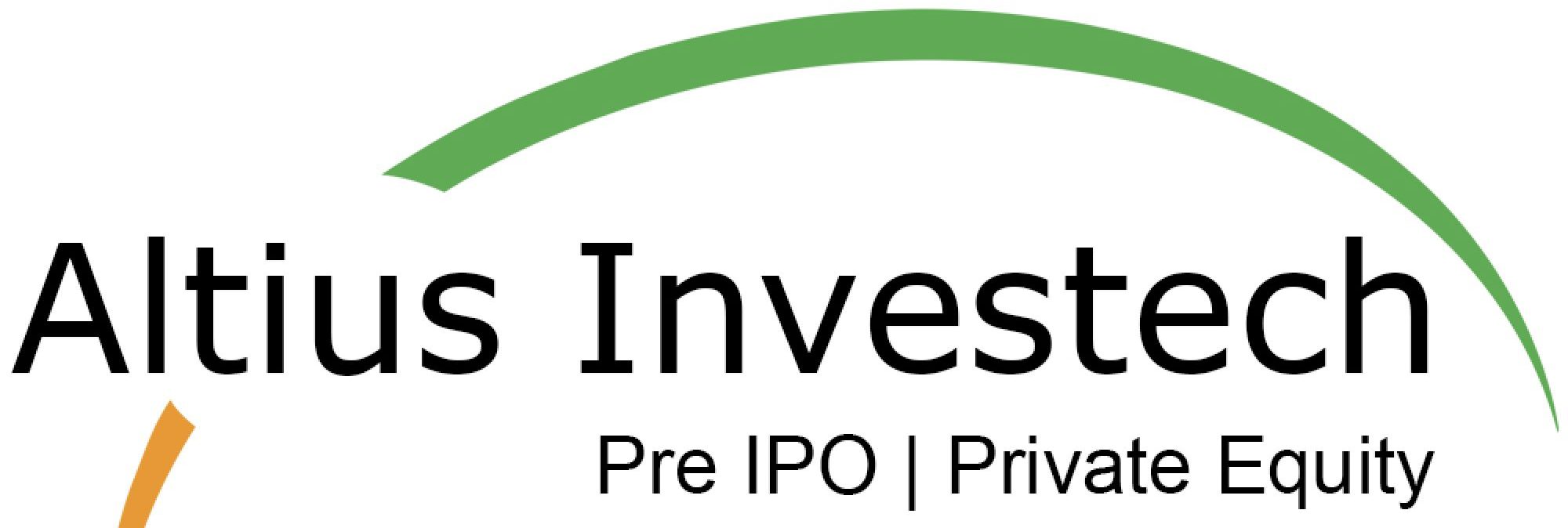INTRODUCTION:
A company may launch its stock or make a public offering of its shares in an IPO, or initial public offering, to institutional and retail investors. One or more investment banks often underwrite an upcoming IPO and list the shares on stock markets.
In most cases, stock values rise after an IPO listing. For this reason, investors scramble to purchase shares of potential businesses. The idea is to purchase high-quality equities for a fair price, which they can then resell for more money.
In order to raise money from the capital market, companies offer IPOs. A new IPO’s proceeds might be utilized for a variety of business objectives, including store openings, product diversification, capacity expansion, R&D setup, mergers and acquisitions, etc.
The total amount raised by new IPOs in India in 2020 was INR 22,420 Cr. Companies benefit from IPOs in terms of increased capitalization and public attention. Additionally, they provide the general public a chance to own a small portion of the business.
But before investing IPO you should keep these factors in mind :
Read DRHP Thoroughly:
A new entity’s Draft Red Herring Prospectus, or DRHP, provides a thorough understanding of the business that will soon be going public. The DRHP, which is filed with the securities market watchdog Securities and Exchange Board of India (Sebi), is a significant document that contains important information about the company, including its operations, past performance, assets, and liabilities, as well as the reasons for and plans for using the funds raised through the IPO as well as any potential risk factors that might affect the company’s performance and, consequently, share prices in the future. Before making an investment decision, you should give the DRHP a full read because it contains important information that can improve your understanding of the company and help you make a more knowledgeable investment.
Goal of Capital Accessed:
Always place the most emphasis on the “Why” behind the company’s demand for finance. Investors should be wary of such issuances if the company is heavily indebted and states in the DRHP that the revenues will be utilised to pay down the existing debt. However, one can think about investing if the money will be used for both debt repayment and business expansion. The issuance may be an appealing chance to invest if the company already has a growth chart of profitability and a respectable cash balance and wishes to use the money exclusively for expansion to scale up size and reap impending benefits.
Recognize the promoters:
A detailed examination of a company’s management team is necessary. This contains the company’s promoters and other important managerial figures. Since these individuals represent the company’s engine, the possibilities for growth largely rest on their capacity to make wise commercial judgments. The length of service of the company’s top management personnel should be noted by investors.
Potential stimuli for growth:
A number of growth drivers, including the company’s position within the industry it serves, its market share, the accessibility and visibility of its products, geographic reach, expansion plans, anticipated profitability, supply chain, crisis management skills, and efficiency, could affect future business prospects.
.
Risk Elements:
The risk factors listed by the company in its DRHP must be taken into consideration. When it comes to investing in IPOs, these serve as filters and have the power to make or break the deal. Risk concerns could be numerous and could potentially impede the company’s future growth prospects. These risks could range from legal disputes to weather catastrophes to changes in policy and interest rates.
Finally:
Before making an investment, evaluate your capacity for risk-taking. You should invest based on your level of risk tolerance. Avoid investing in IPOs if the company, in the opinion of market participants, appears to be overly risky and does not fit well with your capacity for risk-taking. Additionally, you should pass if the valuations being offered are not consistent with the growth possibilities.
You should think about conducting your own study before an IPO. New issues shouldn’t be viewed as a tool for making quick money. However, it is also true that you are not required to invest in every IPO. It is wise to base judgments on the level of risk that one is willing to accept.
Read More
NSE Gets Closer to an IPO with Potential Settlement with MSEI
A Comprehensive Look at the World’s Most Valuable Stock Exchanges in 2024 and NSE’s Anticipated IPO
NSDL Vs CDSL: Differences, Financial Performance Comparison & IPO Details
For any query/ personal assistance feel free to reach out at support@Altiusinvestech.com or call us at +91-8240614850.
To know more about Unlisted Company. Click here – https://altiusinvestech.com/blog/what-is-listed-and-unlisted-company
To know more about Roots Multiclean Limited Share Price– https://altiusinvestech.com/company/roots-multiclean
For Direct Trading, Visit – https://altiusinvestech.com/companymain.
To know more about How to apply for an IPO? Click- https://altiusinvestech.com/blog/how-to-apply-for-an-ipo/

